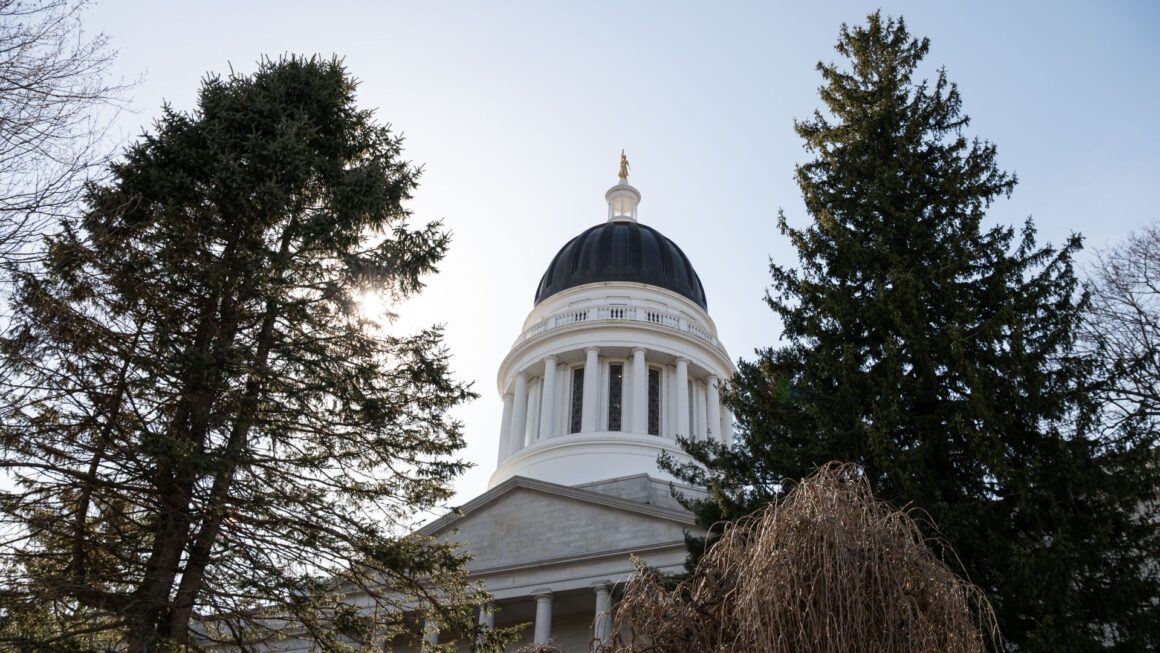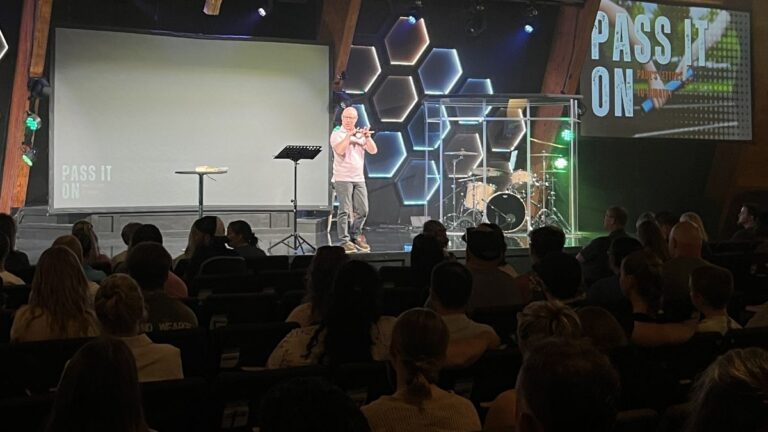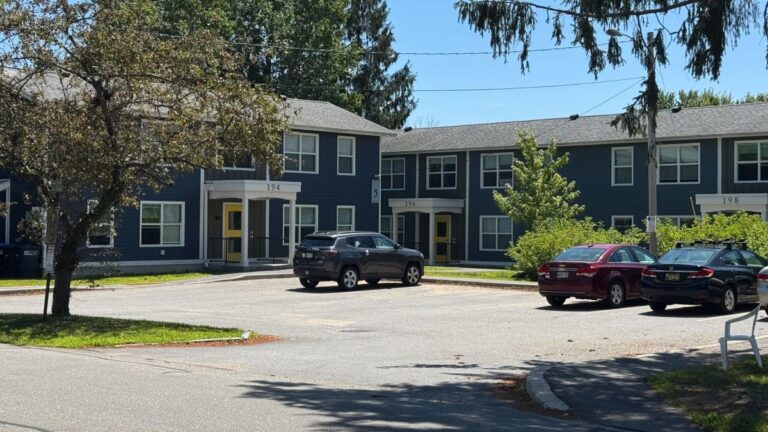After two long days of committee meetings and floor debates, the Senate gave their final stamp of approval to 116 bills on the special appropriations table while leaving many more in limbo before the Legislature adjourned Wednesday evening.
These bills, which were placed on the special appropriations table earlier in the session, had what’s called a fiscal note attached — meaning that each one would impact state revenues or cost local governments money if implemented.
Of the bills on the table that moved to the full Senate last week, most had their requested funding dramatically reduced or eliminated. Lawmakers had about $7.2 million to spend, money from the general fund that remained unallocated after Gov. Janet Mills signed a budget addition into law on June 20.
Fully funding all 292 bills on the special appropriations table would have required more than $2 billion over the next two years (much of that — nearly $1.7 billion — came from a requested cost-of-living increase for state employee pensions).
Mills signed a two-year, $11.3 billion budget into law in March and added $320 million in June. The flurry of debates and votes that took place last week is typical of the end of the legislative session, when lawmakers must undertake the challenging process of deciding how much funding the remaining bills should receive before sending them to the governor’s desk for final approval.
Among those decisions was a one-time infusion of $4.5 million to support emergency homeless shelters (an initial request was for $5 million annually) as well as $2 million over the next two fiscal years for a new program to prevent evictions and up to $3 million for reproductive care and family planning services.
Lawmakers voted to carry the remaining 175 bills on the special appropriations table over to the next session, which is scheduled to begin in January. Governor Mills has ten days to sign or veto the bills passed on Wednesday.
How a bill ends up on the special appropriations table
Every bill that is introduced to the Legislature is referred to one of 17 joint standing committees, which holds a public hearing and one or more work sessions and makes a final recommendation, or report, for how the full legislature should vote.
But the Legislature’s Joint Rules — the basic policies and procedures that dictate everything from the dress code to gubernatorial appropriations — state that “every bill or resolve that affects state revenues, appropriations or allocations,” whether it be a cost or a savings, or that will require local governments to spend their own revenues, must include a fiscal note before a favorable report out of committee.
The note can only be prepared by the nonpartisan Office of Fiscal and Program Review. If an amendment has a monetary impact, that, too, must have a fiscal note attached.
Only then can legislation return to the chamber from which it originated, where it will receive a first and second reading and a vote to engross (or approve) before it is sent to the other chamber for the same process. If a bill is voted as passed to be engrossed in both chambers, it first goes back to the House and then to the Senate to be considered for enactment.
Once both chambers pass a bill to be enacted, it goes to the governor’s desk to be signed into law. (Like most points throughout the legislative process, there are exceptions that can alter the path.)
If a bill has a fiscal note attached, it’s placed on the special appropriations table before it goes to the Senate for final passage, where the appropriations and financial affairs committee makes recommendations on how much funding a bill should receive, if any.
Because committee members need to know how much money is available, the process of making recommendations usually happens late in the session, after any budget bills are enacted and signed.
Once the appropriations committee has reported out their recommendations, the Senate can vote to take bills off the special appropriations table and approve, amend or reject them. If the Senate’s vote is different from the House’s vote a bill is considered to be in “nonconcurrence” and sent back to the House for another vote.
Only once both chambers agree on the same version of a bill (“passed to be enacted, in concurrence,” or “finally passed, in concurrence”) can it go to the governor’s desk for signature.
Search below to see what happened to the bills on the special appropriations table (hover over to see a description of the legislation):







